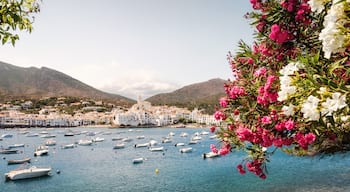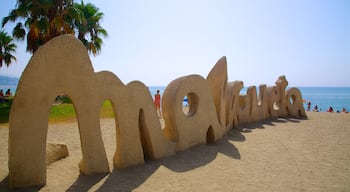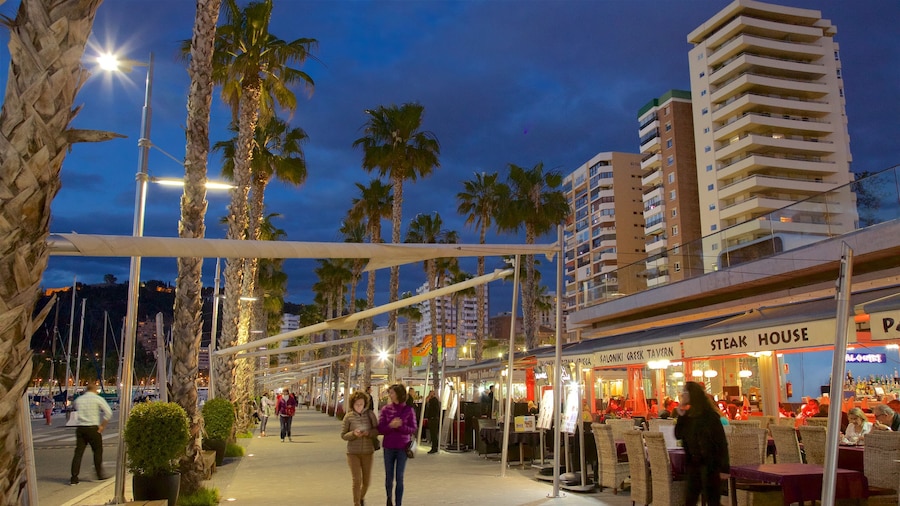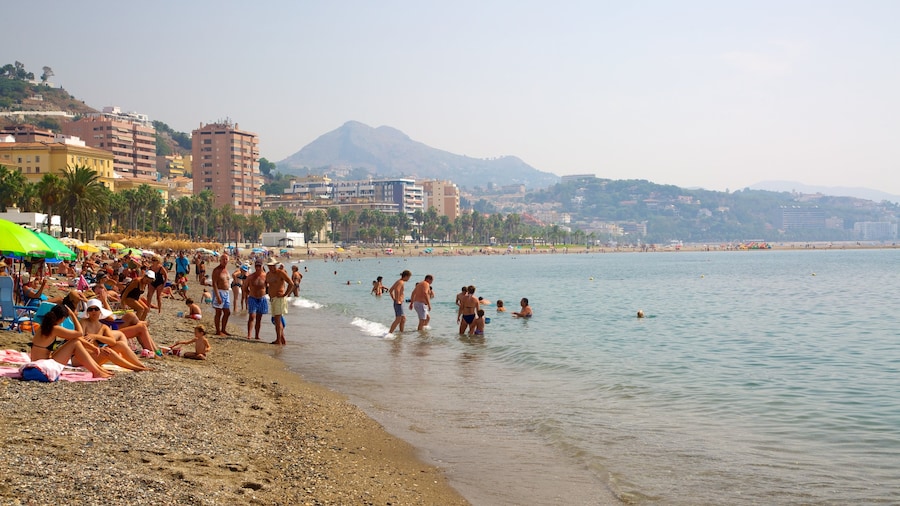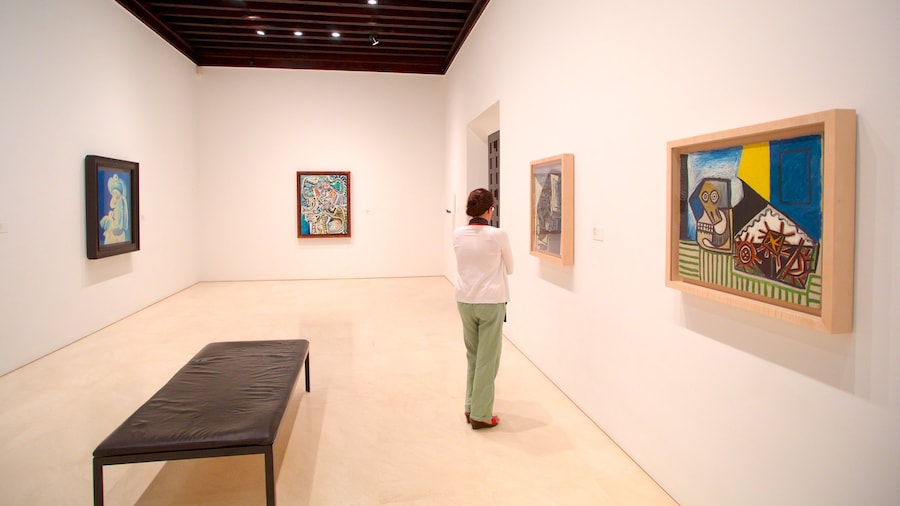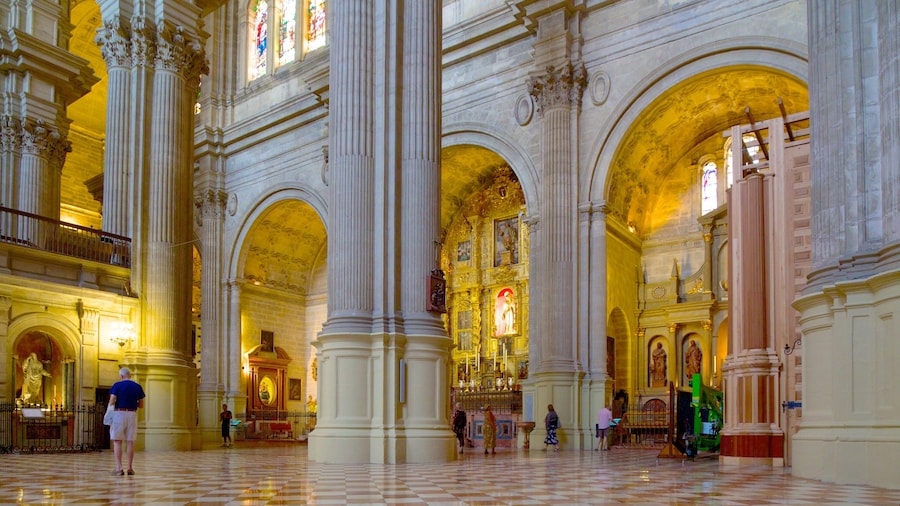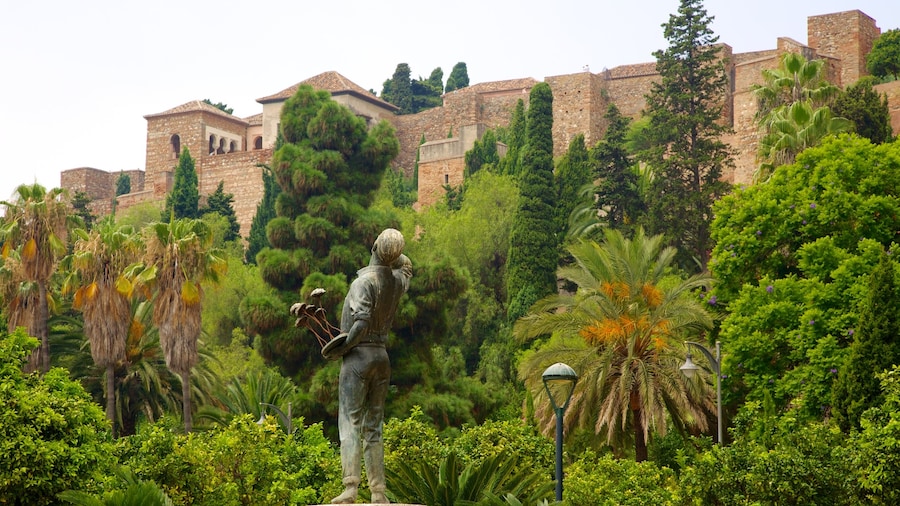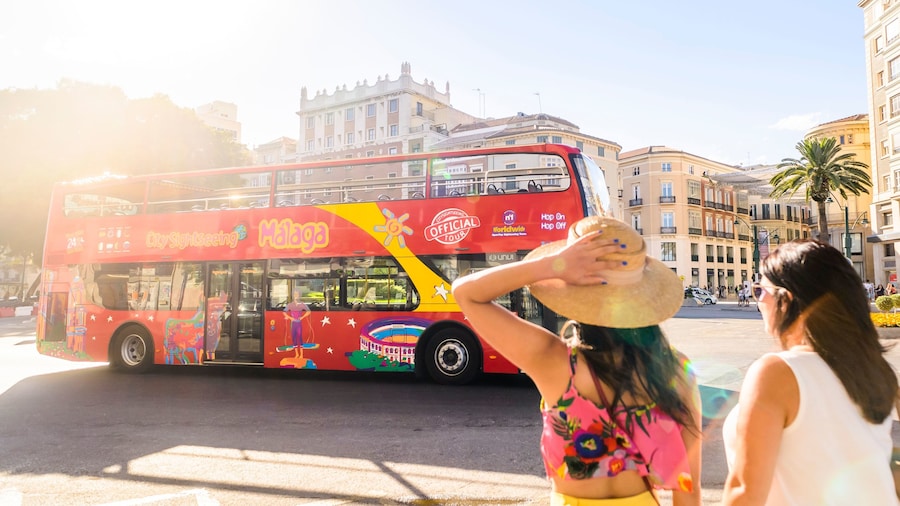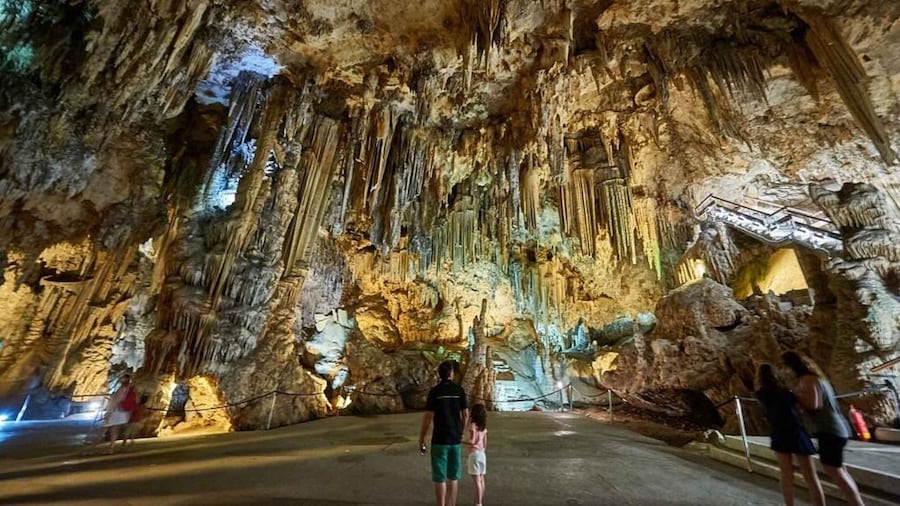Málaga has all the folklore, energy and romance of a flamenco dance on a balmy night. Phoenician, Roman, Moorish and Christian empires all left their mark on this bustling metropolis, which is Spain’s sixth-largest city.
A walk along the winding streets of Málaga’s Old Town will take you past the palm tree-lined Paseo del Parque, the ancient ruins of the Málaga Amphitheatre and the monumental Málaga Cathedral. Visit the Moorish Alcazaba fortress from where you can follow a passageway up to the city’s landmark Gibralfaro Castle, with its views over the Alboran Sea towards Morocco.
This port city is sunny most of the year and summers can get hot in southern Spain, so don’t plan outdoor activities around noon. Have a siesta instead, followed by a lunch of adobo (fish marinated in wine), gazpacho (cold tomato soup) or pescaíto frito (fried fish).
As is the custom in Spain, dinner doesn’t start until late at night in Málaga so you’ll have plenty of sightseeing time to visit the city’s many cultural attractions. Among these is Picasso’s Birthplace (Casa Natal Picasso), in the Plaza de la Merced, and the nearby Picasso Museum Málaga.
More than 30 other local museums are dedicated to the arts and history and public shows are common too. In the late afternoon, "living" statues entertain the crowds in the main shopping street and squares. Festivals include the parades of the Semana Santa at Easter and the Feria de Málaga in August.
The province of Málaga is located on the Costa del Sol in Andalusia and the city gives access to more than 100 miles (160 kilometers) of Mediterranean coastline with long, wide sandy beaches. You’re sure to find the ideal place to sunbathe, enjoy watersports or socialize in beach bars. Málaga International Airport has flights to all major European cities and high-speed trains connect Málaga with Madrid and Barcelona.
Málaga’s compact historic center is easy to explore on foot and metro buses stop at many major attractions.






